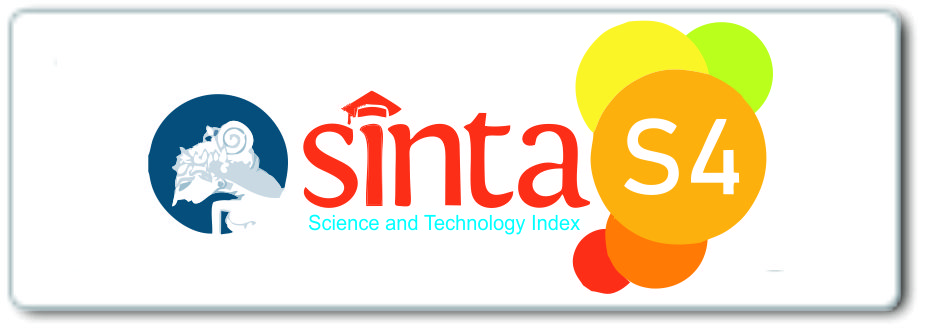Gender and Age Differences in the Use of Language Learning Strategies by Junior and Senior High School Students
DOI:
https://doi.org/10.33541/jet.v6i1.1405Keywords:
age differences, EFL, language learning strategies (LLS)Abstract
In learning English as a foreign language, language learning strategies (LLS) is undoubtedly important. Therefore, most of language learners need to employ LLS in learning language effectively. However, LLS have a uniqueness that is each learner may employ LLS differently and it usually depends on some factors. The factors which usually affect LLS preferences among others are motivation, socioeconomic status, parental support, age, gender, etc. This current study tries to explore this phenomenon by administering Strategy Inventory for Language Learning (SILL) to 118 participants, consisted of 66 junior high school students and 52 senior high school students in Paciran, East Java. It is used for measuring the strategies that is used by the language learners in learning English. Interview is also administered as the supporting data to gain the missing information which cannot be obtained from the SILL. The results indicated that there was no significant difference between male and female students in LLS preferences whereas there was a statistically significant difference between younger and older learners in employing LLS; the young learners tended to use LLS more frequent than the older. Therefore, it can be strongly assumed that the age factor is more important than the gender factor in terms of the LLS preferences. Since, this current study showed that both male and female language learners tend to employ LLS in the same frequency level.
Downloads
Published
Issue
Section
License
Copyrights for articles published in JET are retained by the authors, with first publication rights granted to the journal. The journal/publisher is not responsible for subsequent uses of the work. It is the author's responsibility to bring an infringement action if so desired by the author.





